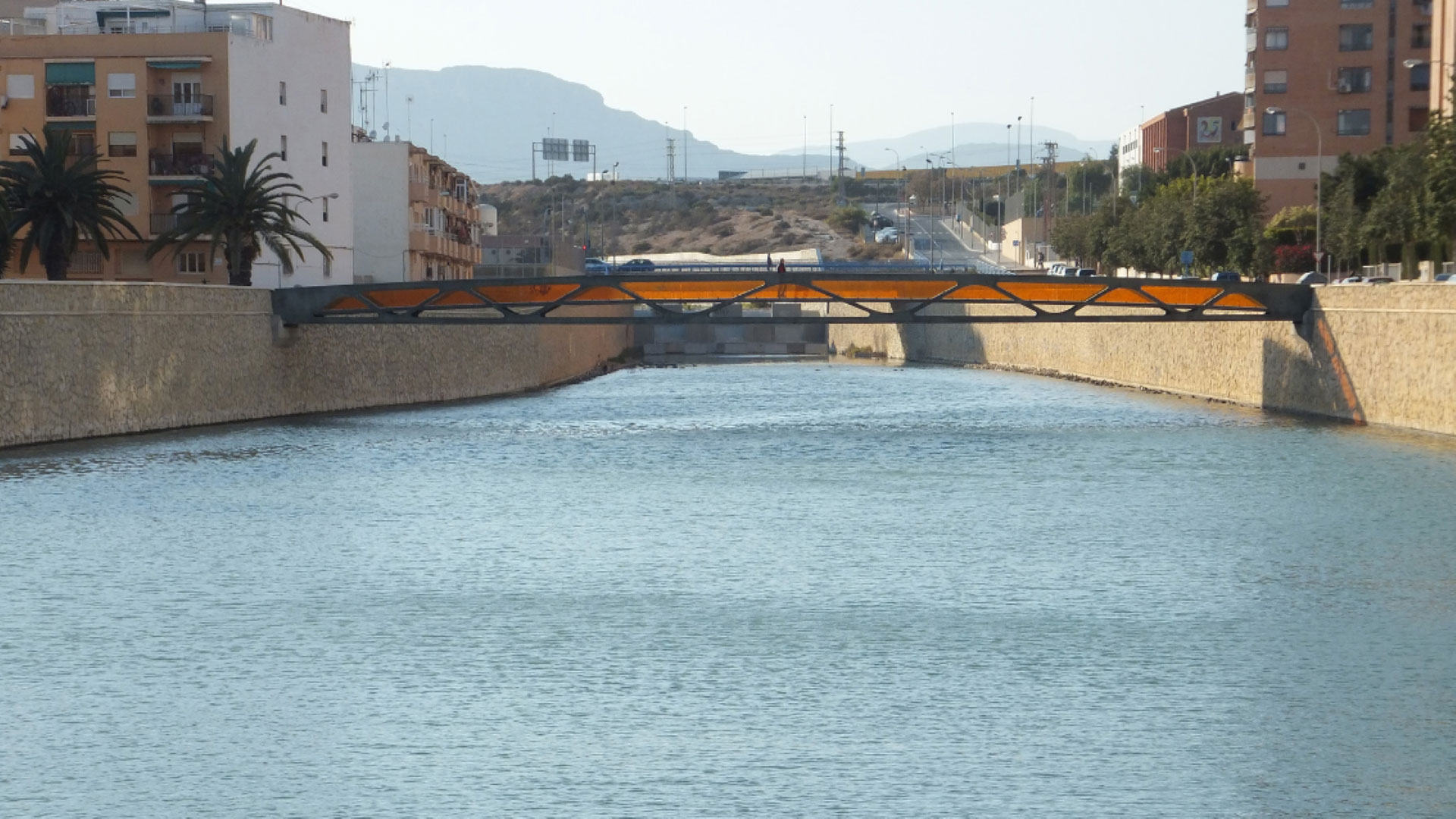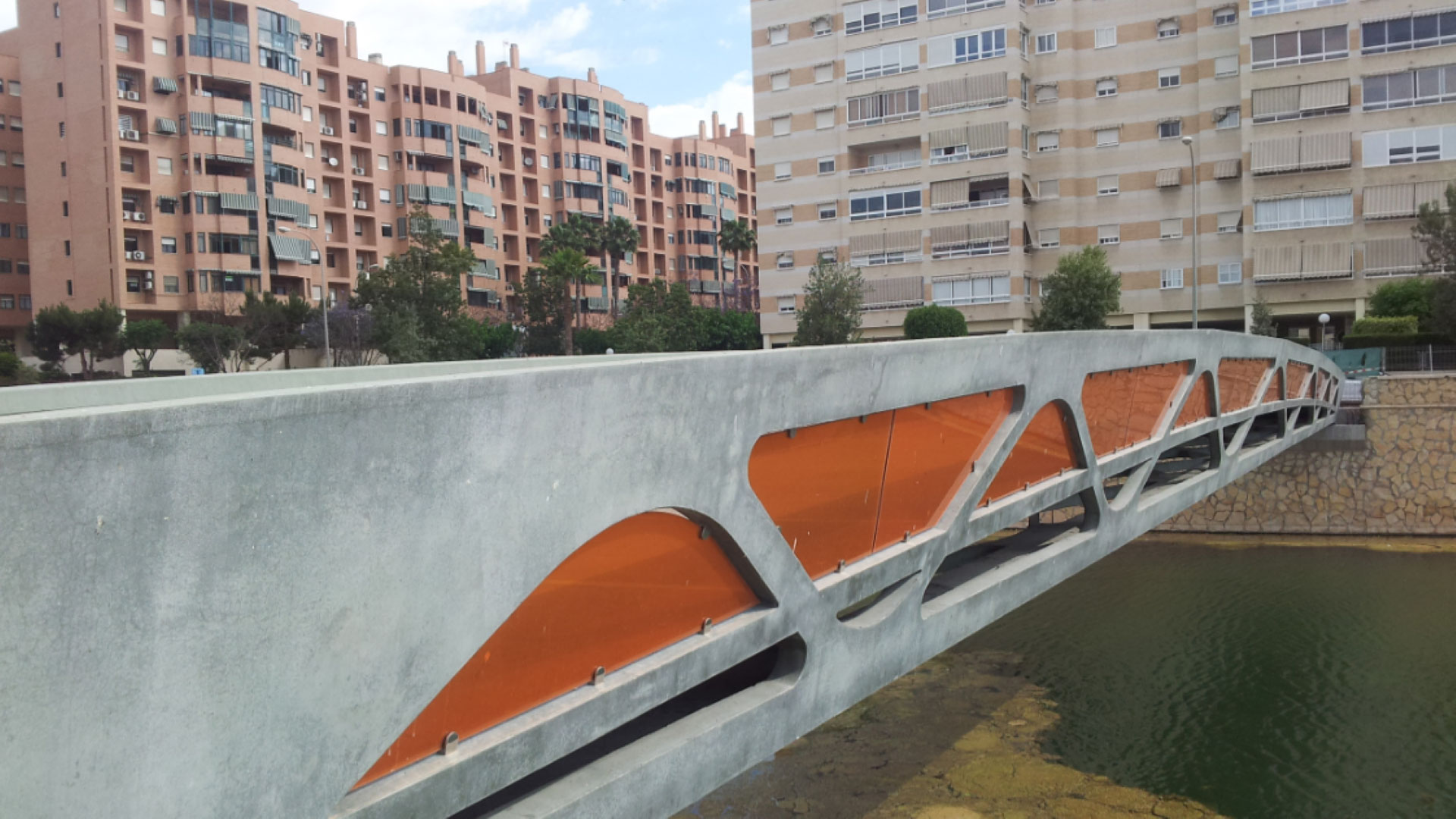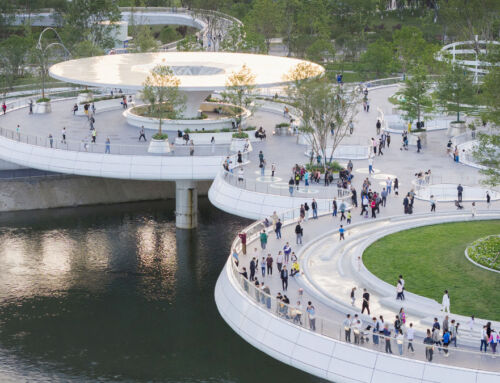Ultra-high performance concrete (UHPC) is a type of concrete composed of high contents of cement, metallic fibres and other additives. This composition gives it very special properties: high compressive strength of up to 200 MPa, high tensile strength of up to 15 MPa, high ductility and lightness. However, amongst all its excellent properties, its low porosity stands out. This last characteristic makes it a highly durable material and, therefore, with much lower maintenance costs compared to traditional materials.
For all these reasons, it is in the design and construction of pedestrian walkways near marine environments where it finds one of its first applications. These pedestrian walkways are usually prefabricated structures with a span of 40 to 50 m and a 2 m edge at the centre of the span. Moreover, these structures are built using Pratt, Warren or Vierendeel type lattice girders, which are more common in steel structures than in concrete ones.

In general, the use of UHPC allows the design and construction of much slimmer and lighter elements than conventional concrete. Moreover, thanks to its malleability, with the right formwork, finishes of great aesthetic power can be achieved. And, given its lightness, the objects can be transported in a single piece to the construction site and assembled quickly. Finally, due to its characteristics, it is an ideal material for many other applications, such as urban elements, façades, fences, canopies, etc.

By Alberto López, Senior Structural Engineer in the Architecture Department of Amusement Logic






